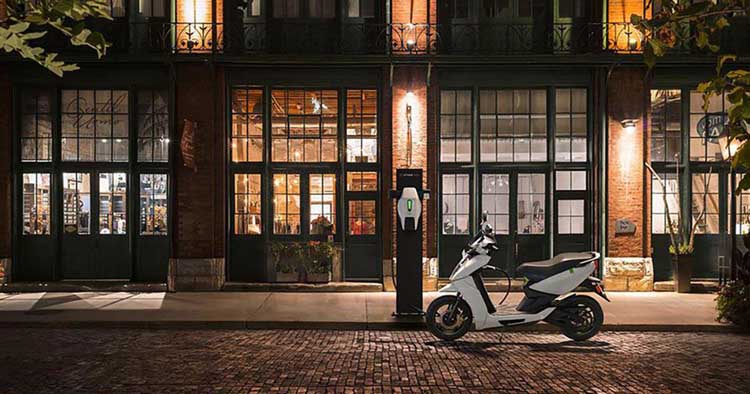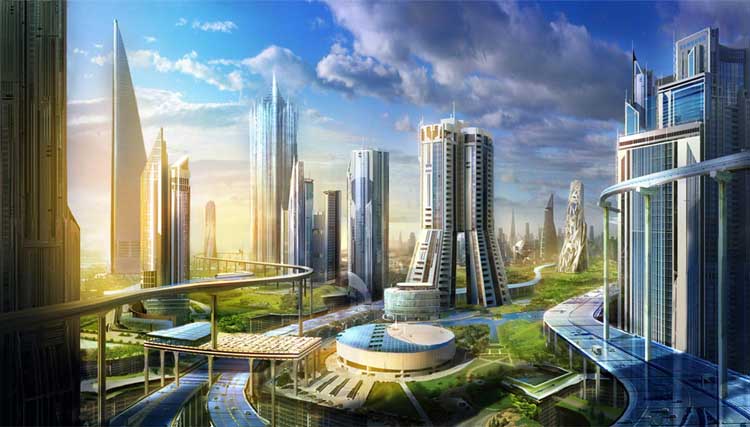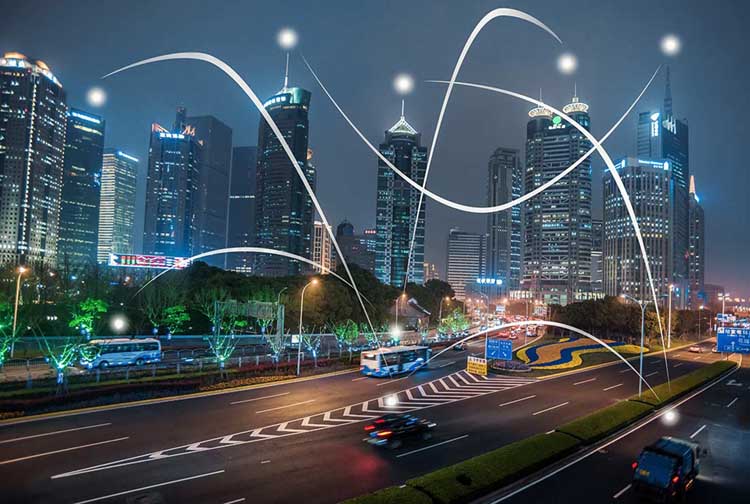Gone were the days when the old cycle rickshaws could be hailed from the doorstep. This would mostly happen in the small town or lesser developed areas. With changing time auto rickshaws and e-rickshaws came into the picture but the issue with them was that they don’t provide the door to door facilities at times.
As chaos has been increased in the cities altogether with the growing population and ambitious youngsters on the rise, people are turning towards smart mobility. The population is now upgrading towards smart solutions to save time and money in the congested jammed cities.

On the advent of new technology, we have apps that help us with public transport, car pooling and other modes to save resources. Smart mobility is the highest priority with -electric cars, scooters and bicycles after considering all the other modes and their hazards. Smart mobility solutions create less congestion, cleaner air and better accessibility to the public.
Traffic creates major air pollution in cities and the number is still on rise. More vehicles lead to traffic congestion on roads, so improving transportation networks is an ideal solution to improve air quality.
But, it has been analyzed that building more roadways can’t give a solid solution for traffic congestion. And it has been proved that improving the utilization of existing infrastructure integrated with smart connectivity, knowledge and automation have endless opportunities to rethink over the entire way of our transport system.

Mobility is the movement of individual, information or products from one destination to another and Smart Mobility includes ride-sharing, car-sharing, public transportation, walking, biking and more instead of owning a gas-fueled vehicle. The requirement for smart mobility arose out of increasing traffic congestion and the related side effects which include pollution, accident, and waste of time.
Different governments across different countries have tried to develop solutions to address traffic congestion, yet personal vehicles keeps on extending in the greater part of urban areas. The expansion in urban residents and production of sub-urban areas are causing complex development of individuals inside and between urban areas.
It’s time for a new approach, rather than analyzing “how many” and “how often”, cities should be able to know “where do these people come from”, “where are they heading to” and “why are they there”?

Smart Mobility is the intelligent integration of shared mobility choices, for example, carpooling, vehicle sharing, bicycle sharing projects and well developed public transport services. Vehicle sharing can offer significant money saving advantages over vehicle ownership and can contribute to reducing pollution as well. Vehicle sharing save time and money too. Adopting a ride-sharing would reduce general costs, help city transportation and save a ton of time for each resident.
Smart mobility guarantees true convenience: using whatever method of transportation that best suits a traveler in better health, and saved money.
However, the traditional mobility system working in urban areas today is the largest contributor of diminished air quality, greenhouse gas outflow and air pollution. We definitely do not imagine a future for our smart cities with such inaccuracy. So one alternative that conveys chance to redesign our traditional mobility system is ‘Smart Mobility’. The tool of smart mobility can enable us to construct sustainable cities with consistent, adaptable and productive development across different modes of transport. So, start looking at the favorable features of smart mobility in the smart cities. The idea of smart mobility includes a wide range of methods of transportation: kick bikes, bicycles, light rail trains, trams, streetcars, taxis, self-sufficient vehicles, walking and the list is growing.
To sum up, a Smart City does not react to traffic issues by building more streets; it will rather look for different alternatives. Prevalent decisions include encouraging more walking, biking, and public transportation use.
The writer is the Founder Director, eBike















